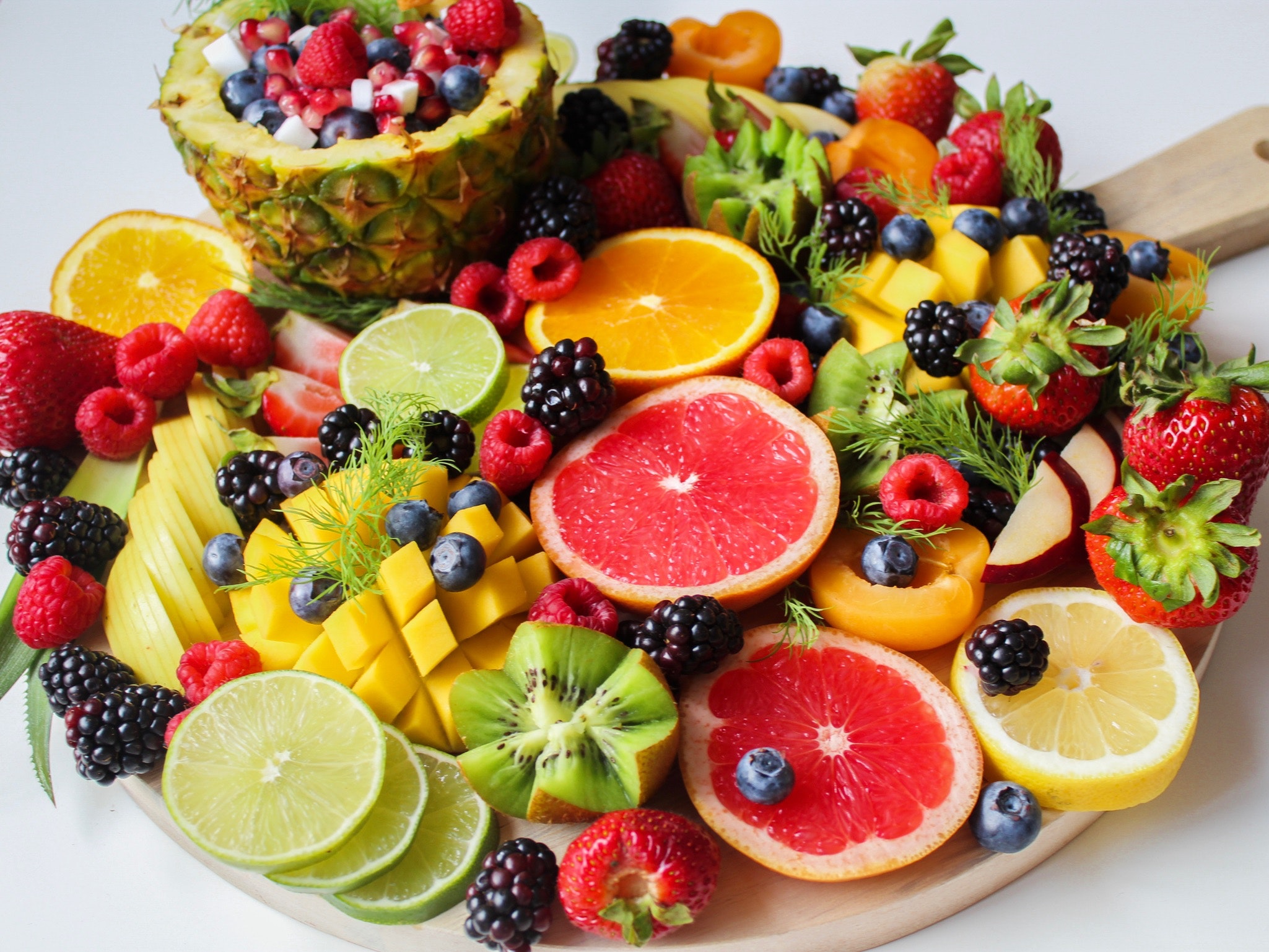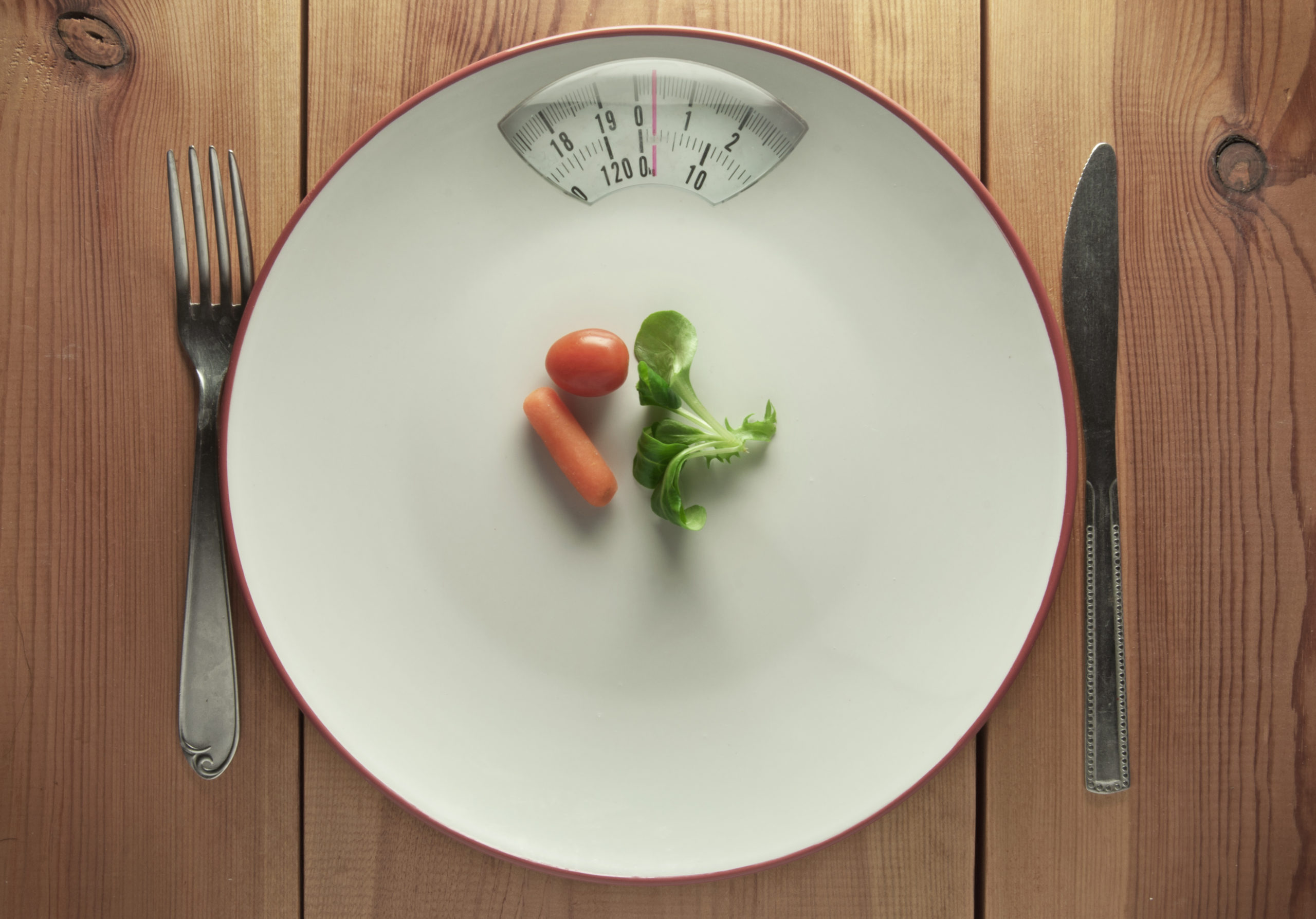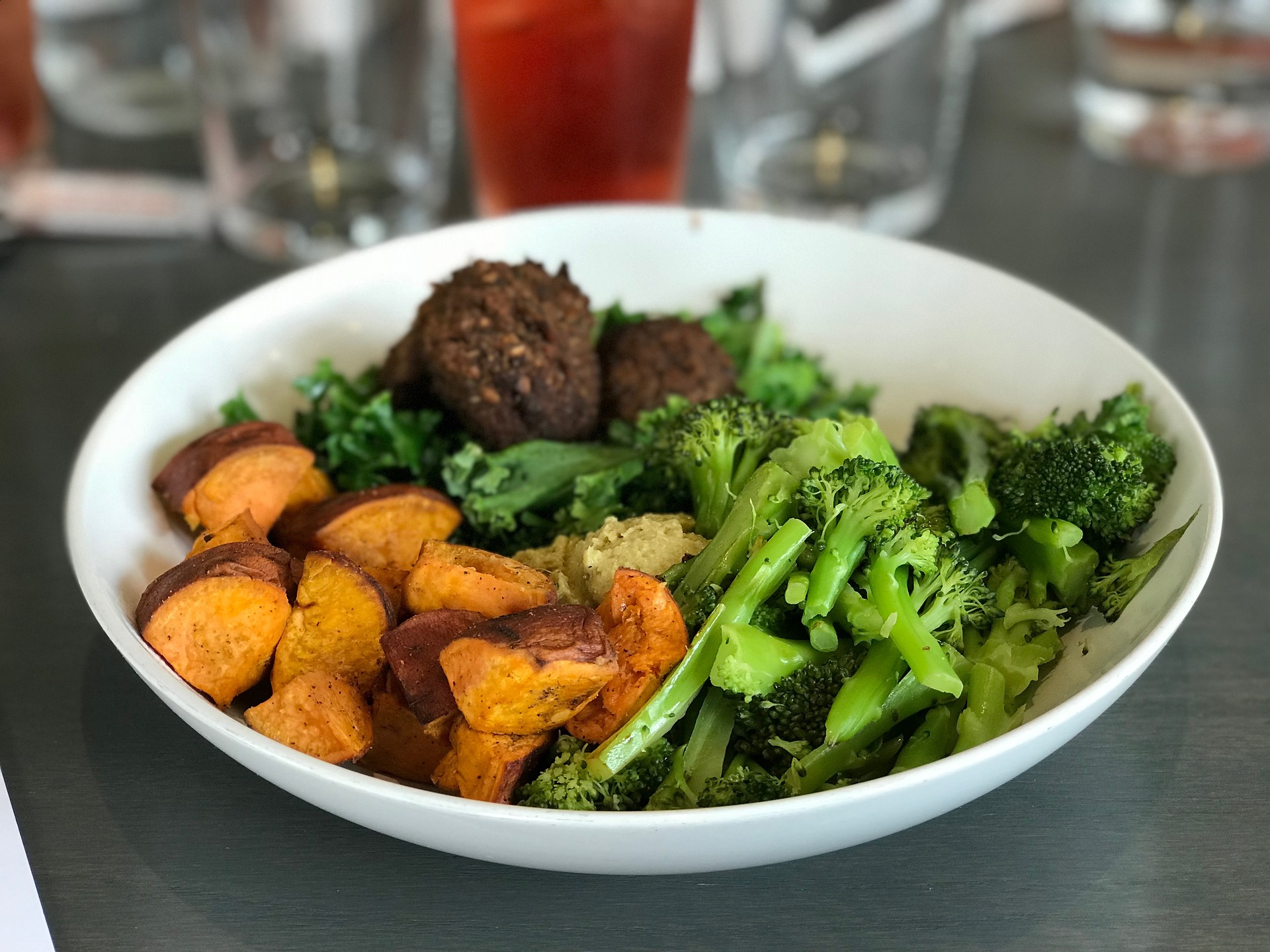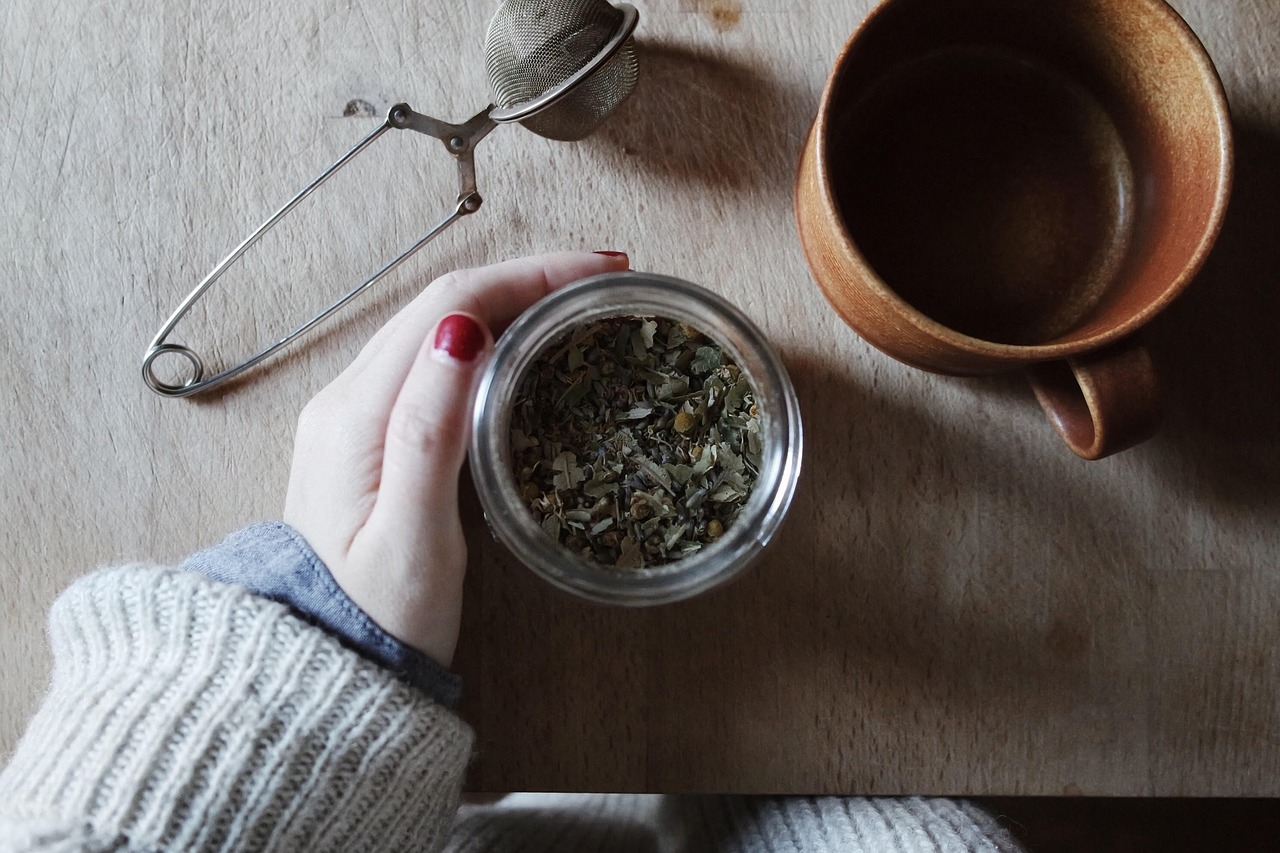Tired of spending hours in the kitchen cooking food? Always preferred crunching on a carrot or a fresh piece of fruit? Then the raw food diet may be for you!
Overview: Raw foods for weight loss
A raw food diet based on fresh plant foods is naturally low-calorie and high-fiber, so it can help you lose weight fast. However, it’s hard to sustain because it’s very restrictive and lacks essential nutrients. Adding more fresh produce to your diet is a healthier & more sustainable weight-loss option for most people.
That said, let’s look more closely at the raw food diet. Understanding its strengths as well as drawbacks for weight loss and overall health can help you better plan for your own successful long-term diet strategy.
What is a raw food diet?
As the name implies, the raw food diet – also known as raw foodism – is a way of eating that includes only uncooked or raw foods. Typically focused on fresh fruits, vegetables, and legumes, the raw food diet takes careful planning and lifestyle adjustments to follow.
Followers of the diet, called raw foodists, believe that cooking (in any way) these typically whole foods, can harm or kill the nutrients and health benefits the food may have. Other raw food proponents believe that cooking foods in certain oils or at certain temperatures can make food harmful or even toxic. To get the most nutrition and subsequent health benefits, followers believe consuming food in the rawest form is best.
Within the overarching category of raw food diets, there are various sub-diets that could be followed including raw-vegan, vegetarian, and omnivore. You guessed right, that means some raw diet followers consume things such as raw eggs and even raw meat! A raw vegan diet is not the only way to build a diet of raw foods. Whatever category of the raw food diet you choose, it’s important to be aware of what you are able to eat!

What do you eat on the raw food diet?
The following foods are staples of raw food diets:
- All raw fruits and vegetables
- Sun dried fruits and vegetables
- Raw nuts and seeds (unroasted)
- Raw nut and seed butters
- Raw or soaked grains
- Naturally fermented foods (kimchi, sauerkraut, kombucha)
- Raw eggs, meat, and fish (if following raw-omnivore)

Although cooking is not an option, followers of the raw food diet don’t rely only on totally unprocessed foods. They can use nature or more natural processes to alter their foods. Things like drying, juicing, soaking, and blending can be used in preparing these raw foods. Sprouting vegetables, grains and legumes (beans) is a common technique in raw food recipes. These methods are allowed as they don’t heat or alter the natural properties of the foods.
Another fact that must be considered when looking at the raw food diet is the time that may be invested in preparing meals. Even seemingly simple raw vegan recipes can require a lot of time-consuming washing and chopping. Creating naturally processed foods through methods such as drying or soaking takes time since they are not sped up by conventional methods. Unlike meals with cooked food, a meal of dried foods may take days of planning to ensure the foods are ready to eat.
Curious what a daily menu looks like following a raw food diet? Let’s take a look at a typical meal plan!
Raw food diet menu
- A day of eating on a raw food diet may look as follows:
- Breakfast: Fruit, vegetable, and raw nut butter green smoothie.
- Lunch: Raw zucchini roll ups with fresh herb pesto.
- Dinner: Soaked quinoa with veggies and avocado

As you can see, these meals are comprised mainly of fruits, vegetables, and natural fats. This form of eating takes into consideration all of these foods and that they are in their raw form. Another area of planning that should be kept in mind is the amount of calories these raw foods are giving you. Transitioning from a normal cooked diet to a diet of raw food could drastically reduce calories, as raw foods and vegetables on their own have far fewer calories than their cooked counterparts. Including significant amounts of nuts and seeds or nut butters in meals can play an important role in boosting calorie consumption. (They can also be an important protein source if your diet is raw vegan.)
Raw food diet for beginners
When looking at the raw food diet, it is important to take into consideration your lifestyle, eating preferences, and goals. If you do not enjoy eating uncooked vegetables or aren’t a big fan of fruit, this diet is probably not for you.
Those new to the raw food diet may struggle to start and maintain such a strict form of eating without proper planning and homework.
Rather than starting a strict raw food diet, simply incorporating more raw fruits and veggies into normal cooked meals of lean protein and fish can give you the benefits of these foods, without the risk of an entirely raw diet. Another option for those interested in a raw food style of eating may be to follow a vegan or plant-based diet. Styles of eating such as a vegan diet will give you the benefits of fruit and vegetables but allow you to cook and process them and not only eat raw versions of them which is easier to maintain for most than strict raw veganism.
How to start a raw food diet
If you are interested in starting the raw food diet, it is best to start slow and develop a plan to help ensure you are able to eat enough calories daily, from raw foods. Below are some steps to help you start the raw food diet!
- Make a list of raw foods you enjoy.
- Start incorporating these foods into 1 or 2 meals per day.
- Slowly start cutting back on the number of cooked foods you eat each day.
- Record how you feel as the number of meals transitions to mostly raw/uncooked.

By slowly incorporating more raw foods and recording how your body feels, you may have an easier transition and may find more success than if you change all foods to raw at once. This will also give you more awareness of how the food you eat impacts how you feel, which is important in any style of eating.
Raw food diet benefits
Although research on this specific style of diet is limited, there is plenty of research suggesting that increasing consumption of fruits and vegetables can lead to a lower risk of chronic diseases such as heart disease, diabetes, and hypertension.
Besides a decreased risk of chronic disease, followers of the raw food diet also boast benefits including better digestion/gut health, more natural energy, and weight loss. These benefits should be weighed closely with risks that include a higher chance of being exposed to foodborne illness, nutrient deficiency, and unwanted weight loss. As humans we developed cooking for a reason and the safety benefits of heating foods is lost when eating strictly raw foods.
Raw food diet for weight loss
The main goal of following a raw food diet is first and foremost health. Followers believe that eating this way maximizes nutrients they receive from the food and so they receive all of the subsequent health benefits. Using the raw food diet for weight loss is possible given the fact that eating raw foods can drastically reduce calorie intake. Fresh fruits and vegetables have a much lower caloric density meaning you can eat more volume of these foods for fewer calories, and higher levels of satiety.
Although this style of eating may help you lose weight, it is no secret that any style of eating that restricts entire categories of foods is not sustainable. From navigating social interactions to daily preparation, eating only raw foods requires a large amount of work and dedication. Even if you overlook the risks of nutrient deficiencies and illness, without support and guidance, following a raw food diet plan may be short lived and frustrating.

Let Noom help
Determined to try the raw food diet? Tried it and not sure what diet will help you reach your goals? Wherever you are in your journey, let Noom help! At Noom, we don’t believe there is a magic diet that will help you reach your goals but instead awareness and an approach to eating that is best for you! Let your individualized goal specialist help you explore behaviors that may dictate the best style of eating for you! What are you waiting for? Start your risk free Noom trial today!









